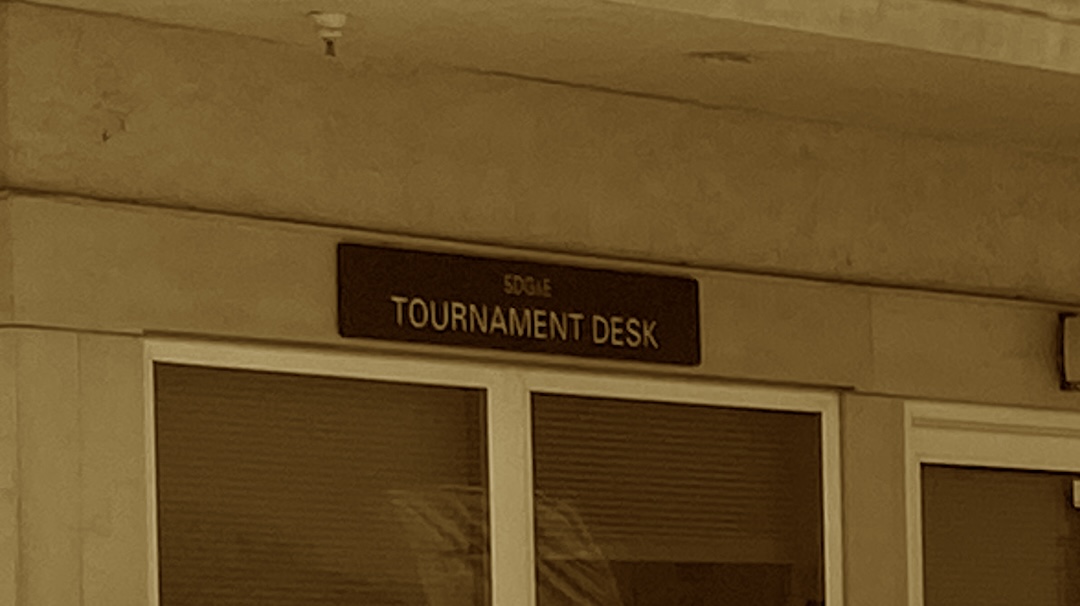I have always had a somewhat fuzzy understanding of how my local section determines how USTA League teams progress to the Sectional Championships. My curiosity was piqued when I discovered the language that covers that very thing in the 2020 USTA National League Regulations.
2.02B(1) District/Area Championships. Each Sectional Association shall determine and announce a method of progression suitable for its geographic boundaries for advancement of its local league teams to Sectional League Championships. Such progression may include one or more championships below the Sectional Championships.
2020 USTA League Regulations, Section 2.02B(1)
Searching for “method of progression” for USTA Texas will not produce any search results, and that term does not appear in the sectional operating procedures. To the best of my internet sleuthing capabilities, it does not appear that the method of progression for Texas has ever been published under that nomenclature electronically. However, there is one artifact that hints at the process it if you know precisely what to look for.
USTA Texas has a concept known as a “Qualified” Community Tennis Association (CTA.) Essentially a Qualified CTA is one that can send a team directly to sectionals without additional playoffs being required. While the term “qualified” is used in the USTA Texas League operating procedures, that usage is unrelated to CTA designation.
As a fun exercise, we attempted to puzzle out the complete list of qualified CTAs one evening last week. Let’s pause for a moment for everyone to appreciate the apparent breadth of activities that are categorized as “fun” in the Fiend at Court household. This exercise was performed in successive phases. First, by memory, based on our collective memory of the teams we have encountered at Sectionals. The second pass used a list of the most populous Texas Cities based on 2010 Census data.
Finally, a google query for “USTA Texas qualified CTA” was performed as suggested by the USTA Texas Adult League Coordinator earlier in the same day. That search turns up exactly one precise hit, which is an interactive map titled “USTA Texas CTA Directory.” Close inspection of this map shows that two colors of icons are used to represent the CTAs. The yellow dots are for the qualified CTAs, and the blue dots represent the various other CTAs.

I harbor suspicions that the list of qualified CTAs, as it relates to USTA League Sectional Championship progression, was developed prior to the common usage of the Internet. Thus it may only only exists in hard copy form, tucked away a dusty and forgotten file folder somewhere at the USTA Texas Section offices in Austin.
For my purposes, this information makes it possible to determine the 50 mile radius rule city centers for the complete set of the qualified CTAs in Texas. I am once again sharpening my crayons.
- 2020 USTA League Regulations, https://www.usta.com/content/dam/usta/pdfs/190517_2020_National_Regulations.pdf
- 2020 Operating Procedures USTA Texas Section Tennis Leagues, https://www.usta.com/content/dam/usta/sections/texas/pdf/2020_League_Operating_Procedures.pdf
- 2010 Census: Population of Texas Cities, Arranged in Descending Order, Texas State Library and Archives Commission, https://www.tsl.texas.gov/ref/abouttx/popcity32010.html
- USTA Texas CTA Directory, https://www.usta.com/en/home/organize/partner-organizations/texas/usta-texas-cta-directory.html, viewed 23 July, 2020.



